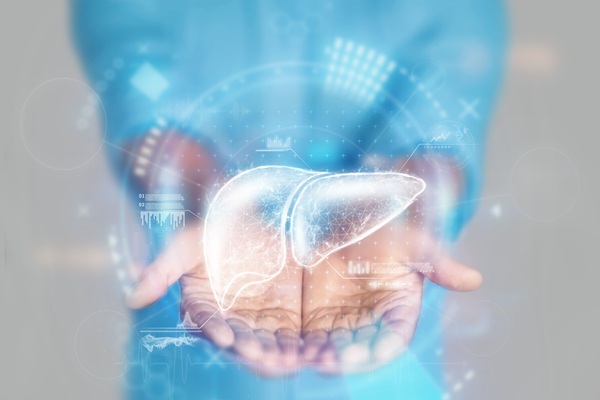New Adhesive Hydrogel Coatings to Prolong Lifespan of Pacemakers and Medical Implants
|
By HospiMedica International staff writers Posted on 28 May 2024 |
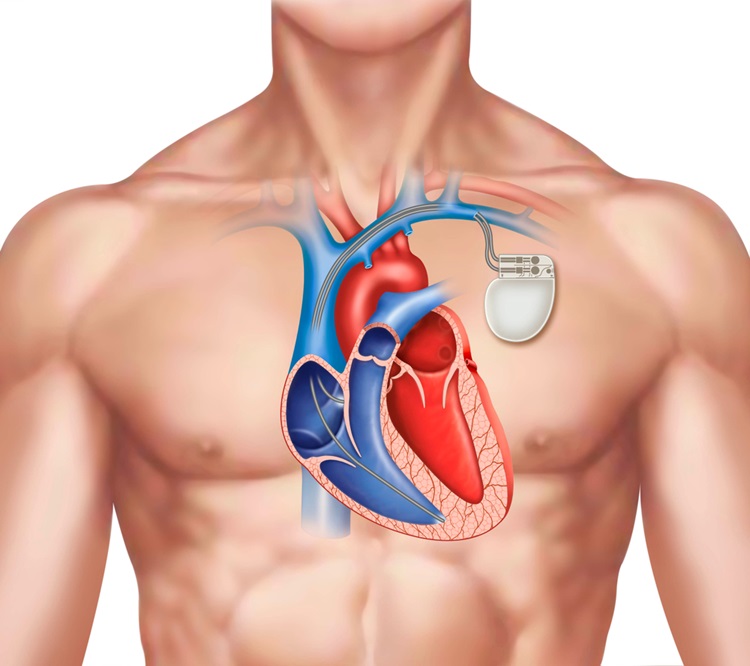
When medical devices such as pacemakers are implanted in the body, they often trigger an immune response that results in the accumulation of scar tissue around the device. This scarring, known as fibrosis, can disrupt the function of the devices and may necessitate their removal. To address this issue, engineers have discovered a simple and universal method to prevent such fibrosis by coating the devices with a hydrogel adhesive. This coating binds the devices to tissue and shields them from attacks by the immune system.
The adhesive, developed by engineers at the Massachusetts Institute of Technology (MIT, Cambridge, MA, USA), is composed of cross-linked polymers known as hydrogels. It resembles a surgical tape they previously developed to seal internal wounds. The researchers have determined that other hydrogel adhesives could also guard against fibrosis, and they envision this method being applicable not only to pacemakers but to sensors and devices that administer drugs or therapeutic cells as well. Over the years, the team has engineered a range of adhesives for medical use, including tapes that are double-sided or single-sided, useful for repairing surgical incisions or internal damages. These adhesives function by quickly absorbing moisture from damp tissues through polyacrylic acid, a superabsorbent material found in diapers. Once the moisture is absorbed, chemical groups known as NHS esters within the polyacrylic acid form durable bonds with the proteins on the tissue surface in a process that is completed in about five seconds.
Several years ago, the team began to investigate if this type of adhesive could also maintain medical implants in position and stop fibrosis. To evaluate this, they coated polyurethane devices with the adhesive and implanted them into various sites such as the abdominal wall, colon, stomach, lung, or heart of rats. Upon removal weeks later, no scar tissue was evident. Further experiments with additional animal models consistently showed an absence of fibrosis where the adhesive-coated devices were implanted, persisting for up to three months. The team conducted bulk RNA sequencing and fluorescent imaging to analyze the immune response in the animals, discovering that initially, immune cells like neutrophils infiltrated the site of the implants. However, these attacks quickly subsided before any scar tissue could develop.
This adhesive has potential applications in coatings for epicardial pacemakers — devices positioned on the heart to regulate heart rate. The MIT researchers found that when they implanted wires coated with the adhesive in rats, the wires functioned effectively for at least three months without any scar tissue forming. They also experimented with a hydrogel adhesive that incorporates chitosan, a natural polysaccharide, which similarly prevented fibrosis in animal studies. In contrast, two commercially available tissue adhesives they tested did not prevent fibrosis, as they eventually detached from the tissue, allowing the immune system to resume its attack. In a different experiment, the researchers coated implants with hydrogel adhesives but then immersed them in a solution that stripped the polymers of their adhesive properties while retaining their overall chemical composition. After these were implanted and held in place by sutures, fibrotic scarring occurred, indicating that the mechanical interaction between the adhesive and the tissue plays a crucial role in preventing immune attacks, according to the researchers.
“The dream of many research groups and companies is to implant something into the body that over the long term the body will not see, and the device can provide therapeutic or diagnostic functionality. Now we have such an ‘invisibility cloak,’ and this is very general: There’s no need for a drug, no need for a special polymer,” said MIT professor Xuanhe Zhao.
Related Links:
MIT
Latest Surgical Techniques News
- Novel Endoscopy Technique Provides Access to Deep Lung Tumors
- New Study Findings Could Halve Number of Stent Procedures
- Breakthrough Surgical Device Redefines Hip Arthroscopy
- Automated System Enables Real-Time "Molecular Pathology" During Cancer Surgery
- Groundbreaking Procedure Combines New Treatments for Liver Tumors
- Ablation Reduces Stroke Risk Associated with Atrial Fibrillation
- Optical Tracking Method Identifies Target Areas in Robot-Assisted Neurosurgery
- General Anesthesia Improves Post-Surgery Outcomes for Acute Stroke Patients
- Drug-Coated Balloons Can Replace Stents Even in Larger Coronary Arteries
- Magnetic Kidney Stone Retrieval Device Outperforms Ureteroscopic Laser Lithotripsy
- Absorbable Skull Device Could Replace Traditional Metal Implants Used After Brain Surgery
- Magic Silicone Liquid Powered Robots Perform MIS in Narrow Cavities
- 'Lab-on-a-Scalpel' Provides Real-Time Surgical Insights for POC Diagnostics in OR
- Biodegradable Brain Implant Prevents Glioblastoma Recurrence
- Tiny 3D Printer Reconstructs Tissues During Vocal Cord Surgery
- Minimally Invasive Procedure for Aortic Valve Disease Has Similar Outcomes as Surgery
Channels
Critical Care
view channel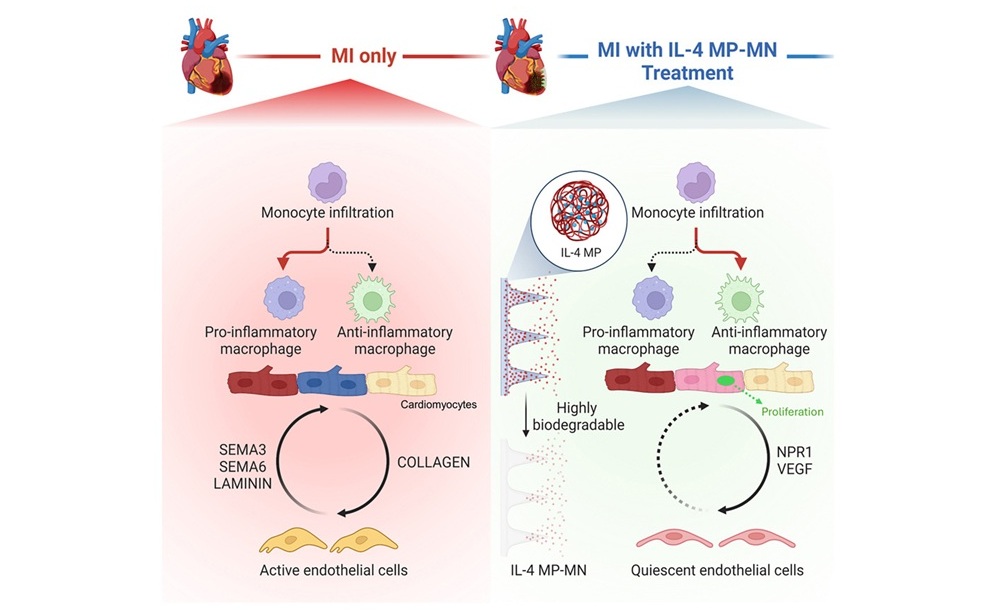
Biodegradable Patch Repairs Damaged Tissue After Heart Attack
A heart attack causes sudden loss of oxygen to the heart muscle, triggering cell death and a strong inflammatory response that often leads to scar formation. While scarring helps stabilize the heart, it... Read more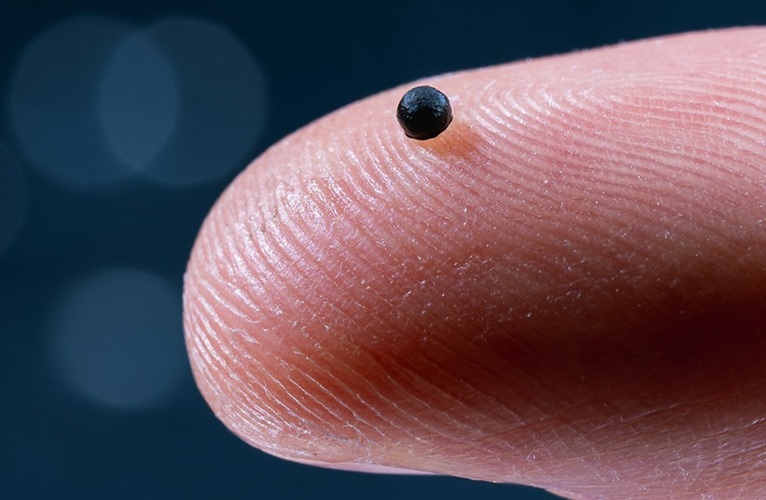
Magnetically Guided Microrobots to Enable Targeted Drug Delivery
Stroke affects 12 million people globally each year, often causing death or lasting disability. Current treatment relies on systemic administration of clot-dissolving drugs, which circulate throughout... Read more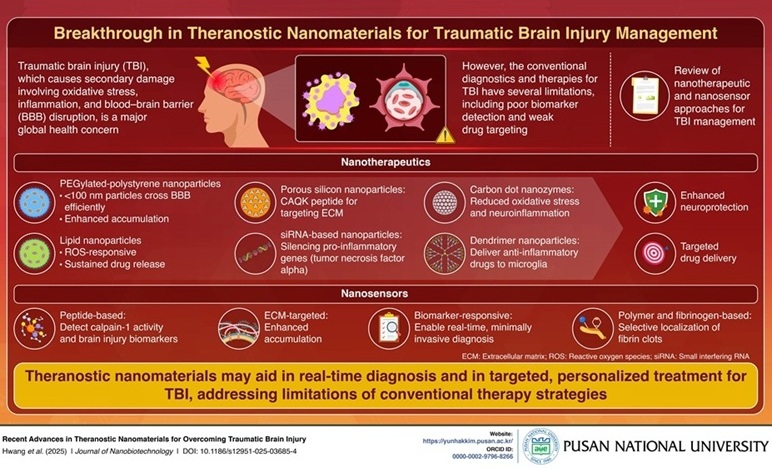
Smart Nanomaterials Detect and Treat Traumatic Brain Injuries Simultaneously
Traumatic brain injury (TBI) continues to leave millions with long-term disabilities every year. After a sudden impact from a fall, collision, or accident, the brain undergoes inflammation, oxidative stress,... Read more
Earlier Blood Transfusion Could Reduce Heart Failure and Arrhythmia in Heart Disease Patients
Blood loss during or after surgery can place significant stress on people with heart disease, increasing the risk of dangerous complications. Transfusions are often delayed until hemoglobin levels fall... Read morePatient Care
view channel
Revolutionary Automatic IV-Line Flushing Device to Enhance Infusion Care
More than 80% of in-hospital patients receive intravenous (IV) therapy. Every dose of IV medicine delivered in a small volume (<250 mL) infusion bag should be followed by subsequent flushing to ensure... Read more
VR Training Tool Combats Contamination of Portable Medical Equipment
Healthcare-associated infections (HAIs) impact one in every 31 patients, cause nearly 100,000 deaths each year, and cost USD 28.4 billion in direct medical expenses. Notably, up to 75% of these infections... Read more
Portable Biosensor Platform to Reduce Hospital-Acquired Infections
Approximately 4 million patients in the European Union acquire healthcare-associated infections (HAIs) or nosocomial infections each year, with around 37,000 deaths directly resulting from these infections,... Read moreFirst-Of-Its-Kind Portable Germicidal Light Technology Disinfects High-Touch Clinical Surfaces in Seconds
Reducing healthcare-acquired infections (HAIs) remains a pressing issue within global healthcare systems. In the United States alone, 1.7 million patients contract HAIs annually, leading to approximately... Read moreHealth IT
view channel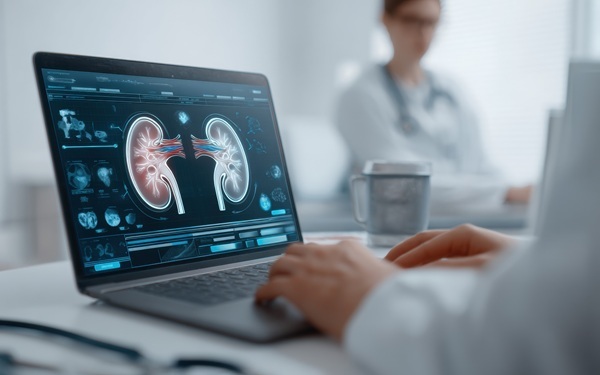
EMR-Based Tool Predicts Graft Failure After Kidney Transplant
Kidney transplantation offers patients with end-stage kidney disease longer survival and better quality of life than dialysis, yet graft failure remains a major challenge. Although a successful transplant... Read more
Printable Molecule-Selective Nanoparticles Enable Mass Production of Wearable Biosensors
The future of medicine is likely to focus on the personalization of healthcare—understanding exactly what an individual requires and delivering the appropriate combination of nutrients, metabolites, and... Read moreBusiness
view channel
Philips and Masimo Partner to Advance Patient Monitoring Measurement Technologies
Royal Philips (Amsterdam, Netherlands) and Masimo (Irvine, California, USA) have renewed their multi-year strategic collaboration, combining Philips’ expertise in patient monitoring with Masimo’s noninvasive... Read more
B. Braun Acquires Digital Microsurgery Company True Digital Surgery
The high-end microsurgery market in neurosurgery, spine, and ENT is undergoing a significant transformation. Traditional analog microscopes are giving way to digital exoscopes, which provide improved visualization,... Read more
CMEF 2025 to Promote Holistic and High-Quality Development of Medical and Health Industry
The 92nd China International Medical Equipment Fair (CMEF 2025) Autumn Exhibition is scheduled to be held from September 26 to 29 at the China Import and Export Fair Complex (Canton Fair Complex) in Guangzhou.... Read more











